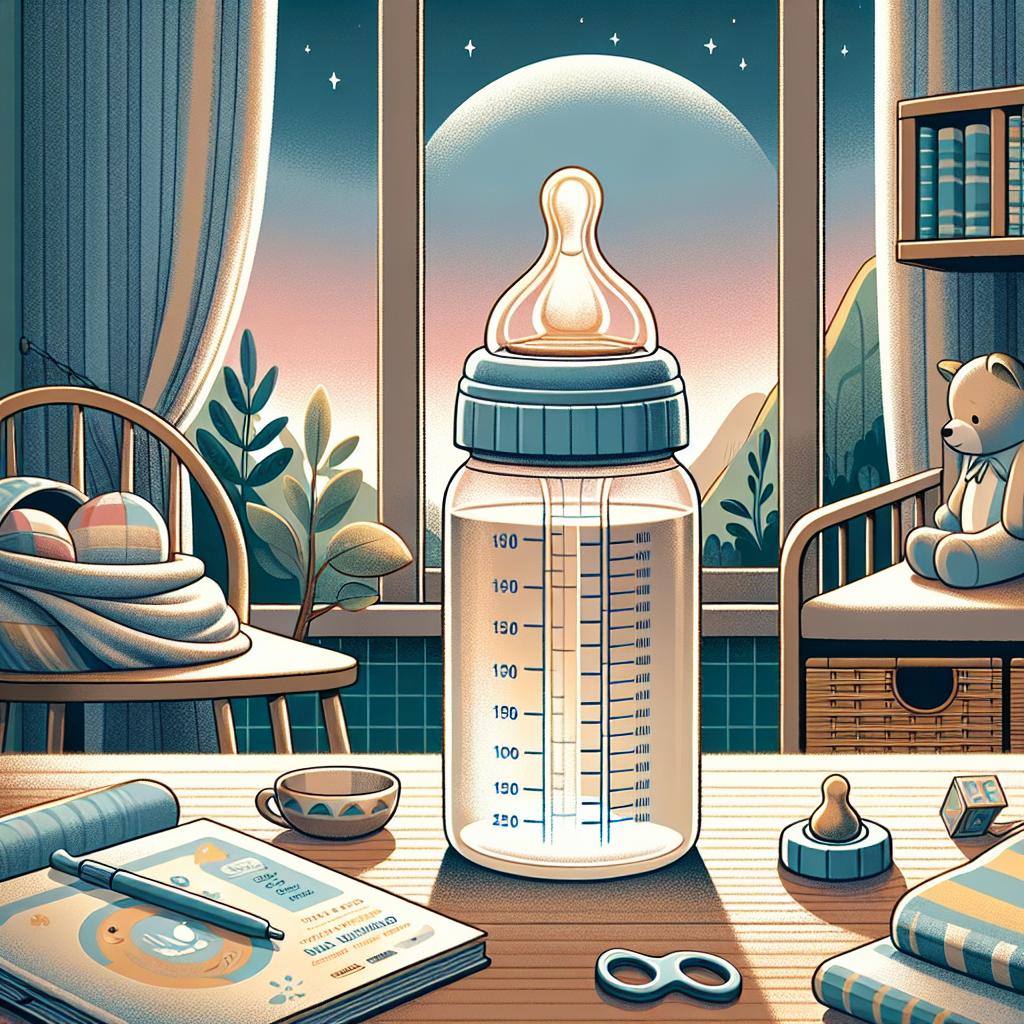Embracing Biomimetic Feeding Technology
As a seasoned parent with an interest in the latest trends in parenting, I can tell you that one of the most significant shifts in baby feeding technology recently has been the rise of biomimetic feeding. Not sure what that is? Well, if you’re a new parent (or soon to be), you’d want to read on, as this advancement could make your baby feeding journey much more pleasant.
What is Biomimetic Feeding?
Biomimetic feeding, in the simplest terms, is the use of baby feeding technology that closely mimics breastfeeding. The concept is built on the idea that babies naturally prefer mum’s breast, and transitioning to a bottle can be a challenging process. Developing feeding products that closely replicate the natural breastfeeding experience can significantly reduce bottle rejection and nipple confusion, making the feeding process smoother for both parents and babies.
Top Brands Championing Biomimetic Feeding
Several baby product brands have recognized the benefits of biomimetic feeding and are crafting baby bottles that align with this concept. Here are a few examples:
1. Nanobébé: Their products are designed to preserve breast milk nutrients and offer ergonomic shapes similar to a mother’s breast. A detailed comparison of Nanobébé to other brands can be found on this blog post.
2. Comotomo: Known for their soft, skin-like silicone baby bottles that mimic breastfeeding to reduce bottle rejection and nipple confusion. Read more about the benefits of Comotomo here.
3. Tommee Tippee: Products like their Closer to Nature bottles are designed to mimic the natural flex, stretch, and movement of a mother’s breast. A dedicated article explores Tommee Tippee’s contribution to biomimetic feeding.
4. Philips Avent: Their Natural baby bottle features wide, breast-shaped nipples to encourage a natural latch similar to the breast.
Why Should You Consider Biomimetic Feeding?
The benefits of biomimetic feeding go beyond just helping with a smooth transition from breast to bottle. Scientists have discovered that biomimetic feeding helps in maintaining an infant’s natural feeding behavior, which can contribute to their overall development. You can read more about the science behind this here.
Personal Anecdotes and Insights
As a parent who has navigated the tricky waters of bottle rejection and nipple confusion, I appreciate the thoughtfulness and innovation behind biomimetic feeding. Using a biomimetic bottle like the Emulait Classic Baby Bottle, gave me a sense of relief knowing that my baby’s transition from breast to bottle would be as natural as possible.
Looking Ahead to More Biomimetic Trends
The parenting world is abuzz with the latest trends in biomimetic feeding, and it’s a wave worth catching. As parents, seeing our children comfortably adapting to new feeding techniques is a joy. Biomimetic feeding is a wonderful blend of nature and technology, making the breastfeeding to bottle-feeding transition less stressful for babies, and indeed, for us parents too. While biomimetic feeding might not solve all feeding challenges, it’s definitely paving the way towards a smoother feeding journey.
Your turn now! Share with us your experiences and thoughts on biomimetic feeding in the comments section. Let’s learn and grow together in our parenting journey!
My Journey with Biomimetic Feeding
I recall my struggle when I had to transition from breastfeeding to bottle feeding my first child. The frequent bottle rejections, the tears, and the sleepless nights – it was indeed a challenging period. When I first heard about biomimetic feeding, I was intrigued but also skeptical. Would it make a difference?
The answer, to my relief, was a resounding ‘yes’. Transitioning my second child to bottle feeding was notably easier, thanks to the biomimetic baby bottles I’d decided to try out. The Emulait Baby Bottle was one of them. Wide neck and perfect grip, it was like magic seeing my child switch from breast to bottle with minimal fuss! You can see the bottle’s design and its unique features in detail here.
The Science Behind Biomimetic Feeding
As a parent, our primary concern is always the wellbeing of our child. And so, it was crucial for me to understand the science behind this form of feeding. Biomimetic feeding doesn’t just ease the transition to bottle feeding, but it also importantly maintains an infant’s natural feeding behavior. This is achieved by using bottles designed to mimic the feel and function of a mother’s breast, thereby encouraging a more natural latch. Findings of a research published in the International Journal of Environmental Research and Public Health show that babies exhibit less distress behaviors during bottle feeding when using a biomimetically designed bottle.
The Importance of Natural Feeding Behavior
Many might wonder why this is so significant. The answer lies in our understanding of infant development. A baby’s feeding behavior, such as how they latch, suckle, breathe, and swallow, helps in their natural oral development. A disruption in this behavior, which could be caused by an unnatural bottle design, can affect their feeding skills and even their eventual speech development. Biomimetic feeding allows this natural behavior to continue, hence contributing positively to an infant’s overall development.
Biomimetic Feeding: More than Just a Trend
It’s important to realize that biomimetic feeding is more than just a passing trend; it’s a significant advancement in infant feeding technology. As copycats of nature, these feeding bottles help us overcome a major parenting hurdle, making the transition from breast to bottle not just possible, but smoother and stress-free. Additionally, they also contribute to the overall well-being and development of the infant, making them an optimal feeding choice for parents and caretakers. To learn more about why parents are choosing biomimetic feeding, you can check out this insightful article.
Final Thoughts
Parenting is no easy journey, and feeding, as we’d all agree, can sometimes be a formidable challenge. Yet, it’s heartening to see developments like biomimetic feeding making these nuances easier. My personal experience has indeed affirmed that the technology is not just promising but also delivers on its claims. The relief at seeing my child adapt comfortably to bottle feeding was indeed profound. Yes, parenting continues to throw new challenges our way, but with every challenge comes an opportunity – an opportunity to learn, adapt, and become better care-givers to our little ones.






